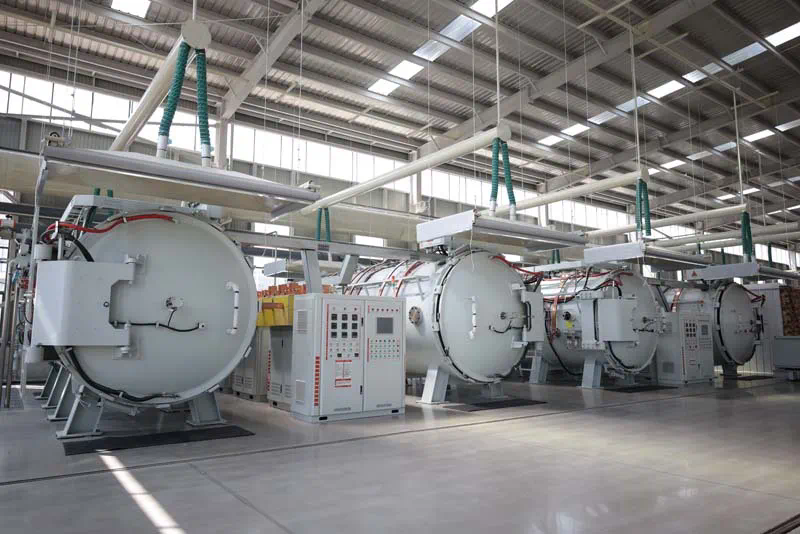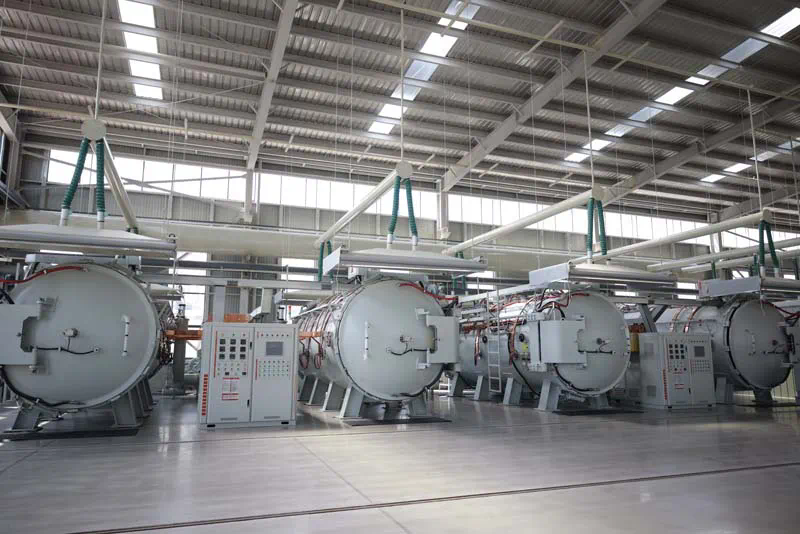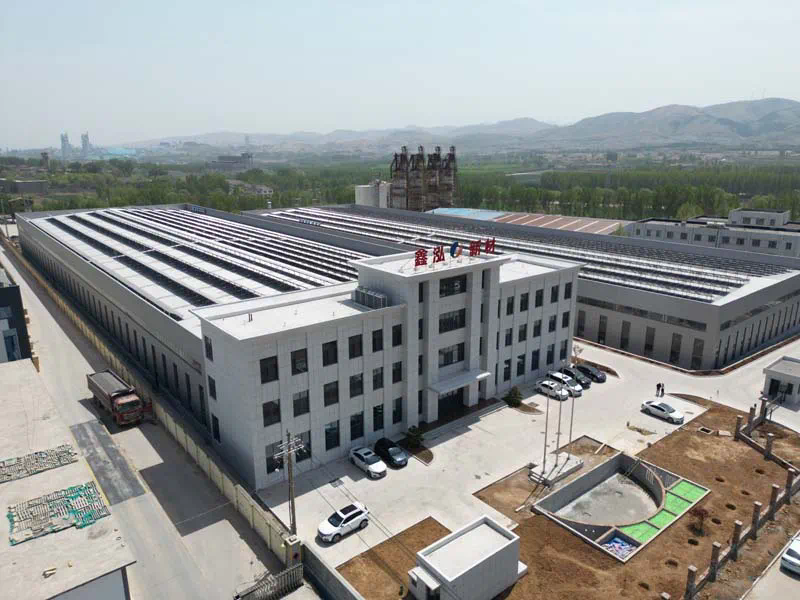Silicon Carbide (SiC) has emerged as a crucial material in the semiconductor industry, offering a unique set of properties that are revolutionizing various applications. This article explores the broad spectrum of applications and the promising prospects of Silicon Carbide in semiconductor technology.
Introduction to Silicon Carbide
Silicon Carbide, a compound of silicon and carbon, is known for its exceptional physical and electronic properties. It is a wide-bandgap semiconductor, meaning it can operate at higher temperatures and voltages compared to traditional silicon (Si) semiconductors. The material properties of SiC enable significant advancements in power electronics, optoelectronics, and beyond.
Properties of Silicon Carbide
Crystal Structure and Bandgap
Silicon Carbide exists in several polytypes, the most common being 4H-SiC and 6H-SiC, each with distinct crystal structures. The bandgap of SiC depends on the polytype and ranges from approximately 2.2 eV to 3.3 eV, much wider than silicon’s 1.1 eV bandgap. This wide bandgap contributes to SiC’s ability to handle high electric fields and temperatures.
Thermal Conductivity
SiC boasts high thermal conductivity, typically around 4.9 W/cm·K, which is significantly higher than that of silicon (1.5 W/cm·K). This property allows SiC devices to efficiently dissipate heat, crucial for high-power applications.
Mechanical Strength
With a high melting point of around 2700°C and excellent product mechanical strength, Silicon Carbide is robust and durable. This makes it suitable for harsh environments where traditional semiconductors would fail.
Applications of Silicon Carbide in the Semiconductor Industry
Power Electronics
SiC diodes and transistors are transforming power electronics due to their ability to operate at higher temperatures and voltages with lower switching losses. This results in more efficient power conversion systems for electric vehicles (EVs), renewable energy systems, and industrial motors.
RF and Microwave Devices
The high-frequency capabilities of SiC make it ideal for radio frequency (RF) and microwave devices. Applications include radar systems, telecommunications equipment, and satellite communication due to SiC’s low signal loss and high power handling.
Optoelectronics
Silicon Carbide is advancing optoelectronic devices such as light-emitting diodes (LEDs) and photodetectors. SiC LEDs offer superior efficiency and What are silicon silicide specialty ceramics durability compared to traditional LEDs, while SiC photodetectors excel in high-temperature and high-radiation environments.

Sensors and Detectors
SiC sensors are employed in harsh environments where traditional sensors would degrade. Examples include temperature sensors for aerospace applications, gas sensors for industrial safety, and radiation detectors for nuclear power plants.
Manufacturing and Fabrication Techniques
Growth Methods
SiC crystals are typically grown using techniques such as physical vapor transport (PVT), chemical vapor deposition (CVD), and sublimation epitaxy. Each method influences crystal quality and production scalability.
Device Fabrication
Fabricating SiC devices involves specialized processes such as ion implantation, etching, and metallization. Challenges include defect management and ensuring high yields due to SiC’s crystalline structure and wide bandgap.
Challenges and Future Directions
Manufacturing Scalability
Despite advancements, SiC device production remains more complex and costly than silicon-based devices. Improving manufacturing processes and economies of scale are critical for widespread adoption in consumer electronics and beyond.
Material Quality and Defects
Crystal defects can impact device performance and reliability. Research focuses on defect reduction techniques and improving crystal growth to enhance SiC device yield and longevity.

Market Penetration
While SiC is established in niche markets like automotive and power distribution, broader adoption requires competitive pricing and standardization. Continued R&D efforts aim to lower costs and increase SiC device integration.
Conclusion

Silicon Carbide holds immense promise in the semiconductor industry, offering unparalleled performance in power electronics, optoelectronics, and sensor applications. As manufacturing techniques advance and costs decrease, SiC is poised to revolutionize various sectors, contributing to more efficient, reliable, and durable electronic systems.
https://ortumeta.com/
